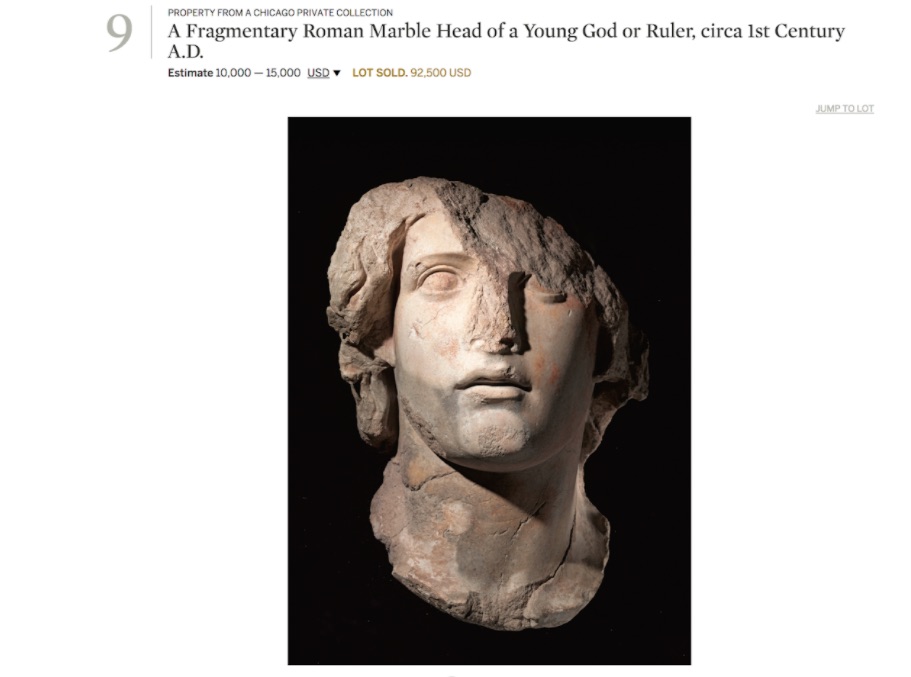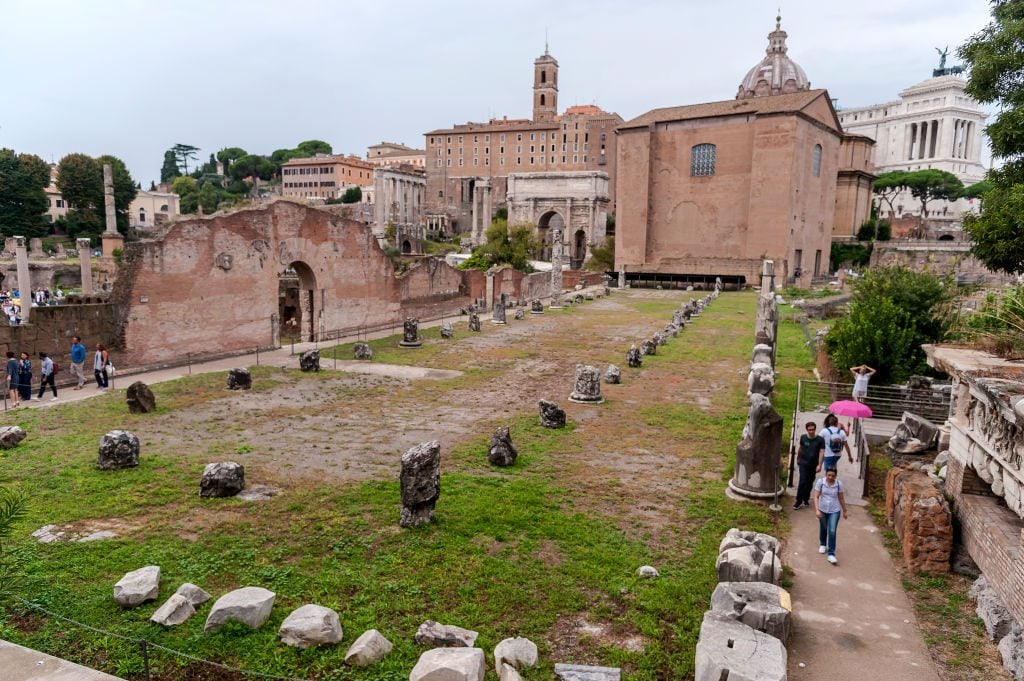Law & Politics
A Dealer’s Attempt to Sue the Nation of Italy Over Its Claim on an Ancient Marble Head Has Been Quashed by a U.S. Judge
The marble head of Alexander the Great as the sun god Helios remains in limbo.

The marble head of Alexander the Great as the sun god Helios remains in limbo.

Kate Brown

A U.S. judge has dismissed an art dealer’s lawsuit against Italy over a disputed sculpture of Alexander the Great. New York’s Safani Gallery brought the suit against the Italian government after the Manhattan District Attorney’s Office, acting on a lead from the Italian culture ministry, seized the ancient artifact.
Safani Gallery’s owner, Alan Safani, had purchased the marble sculpture head of Alexander the Great in 2017. In February 2018, the Italian culture ministry reached out to U.S. officials to report that Safani Gallery was promoting its ownership of the head, which was “a stolen object, rightfully owned” by Italy. The historic piece, which dates back to the Augustan Age of 300 B.C., was seized by authorities and remains in limbo, in the custody of the D.A.
In November 2019, Safani filed a lawsuit asking a federal judge to block the forfeiture of the object to Italy. Safani asked for a trial by jury, or damages for losses incurred to be paid by Italy.
In his decision yesterday, August 2, the judge found that Italy is protected from being sued in a U.S. court by the Foreign Sovereign Immunities Act (FSIA). Safani Gallery, whose counsel said the decision should “trouble every honest American citizen—dealer or collector,” plans to proceed in the case and is reviewing next steps.
“This was the third case in a line of litigations in which foreign governments were sued for either communicating about suspicious antiquities or fulfilling their law enforcement functions concerning those works,” Leila Amineddoleh, counsel for Italy, told Artnet News. “This is also the third case to be dismissed against foreign sovereigns in antiquities disputes under the FSIA. My client is obviously pleased with this result.”

The NY District Attorney court documents state the contested head was discovered during excavations of the Basilica Aemilia in Italy.
The judge dismissed Safani’s accusations that the D.A. was acting at the behest of Italy. “I have no basis to infer that the D.A. was controlled by Italy in how it executed its process pertaining to the [Alexander] Head,” noted the judge in his decision. He added that “the most reasonable inference I can draw in Plaintiff’s favor is that the D.A.’s process in its handling of the Head was instigated by Italy and subpar.”
Dated as early as 300 B.C., the marble bust of Alexander the Great portrays Alexander as Helios, a Greek mythological god of the sun. The ancient fragment of the bust was excavated in the early 1900s. Safani gallery acquired the piece from a private collector via a London-based dealer for around $152,625.
According to Courthouse News‘s reporting on the 2019 lawsuit, the Manhattan District Attorney’s Office alleged that the piece was likely stolen from the Forense Museum in Rome, later turning up at auction at Sotheby’s in 1974. Almost four decades later, it sold in 2011 at Sotheby’s for $92,500 to the collector from whom Safani, in turn, purchased it.
Lawyer David Schoen, who is representing Safani Gallery, told Artnet News that his client plans to press on with the case. He pointed to the judge’s note stating that Safani Gallery appropriately investigated the work’s provenance when acquiring the work.
“No collector or dealer who does her or his due diligence should have to accept having a piece bought in good faith, without any negative indicia, widely advertised and displayed for decades at fairs and auctions attended by Italian authorities and in books they monitor, summarily taken from him or her like this without any proof and without just compensation,” commented Schoen. He maintains that there is insufficient evidence to show that the bust was stolen from Italy.